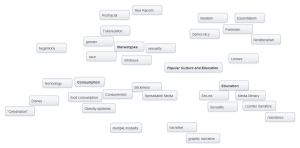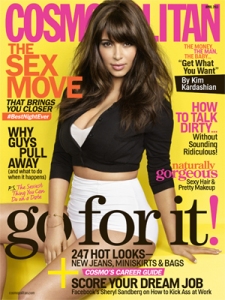One of the main points that Varney (2002) makes in the article Of Men and Machines: Images of Masculinity in Boys Toys is that the perception of male being machinelike is evident in both high and popular culture (p.159). An example of this is a children’s book called How Your Body Works: A Trip around the Body Machine which is illustrated to “depict the human body as a series of mechanical parts” and the various boy toys which suggest that males are machines (Varney, 2002, p.160). A second main point in the article is that toys such as such as Men of Steel appropriate characteristics of machinery and transpose them directly on to men, thereby helping to inform notions of masculinity (Varney, 2002, p.160). An example of this is when Varney (2002) suggests that the language of Men of Steels implies that men must steel themselves against “feminine” forces, such as emotion and fear, which would compromise their masculinity (p.160). A third point that Varney (2002) makes in the article is that the perceived link between machinery and masculinity in toys have kept particular professions and skills within male domination (p.168). An example of this is that since machinery reflects male power, it keeps women away from anything to do with machines and “relinquishes women to areas of emotion” (Varney, 2002, p.169). Finally, the forth main point in the article is that the aspects of the social framework that these toys offer are heavily restricting the scope of agency when in play (Varney, 2002, p.170). An example of this is commercial tie-ins including play scenarios and parameters which restrict the opportunities for children to step outside of the play package sold to them (Varney, 2002, p.170).
A representational quote found in the article is “the dynamics of gender relations are heavily influenced by modern versions of traditional ideas about gender roles” (Varney, 2002, p. 172). A question that I would ask is how has the construct of males as machines been promoted and hyped up by toys and other forms of popular culture?
Works Cited
Varney, Wendy (2002). Of Men and Machines: Images of Masculinity in Boys’ Toys. Feminist Studies. 28(1):153-174.


